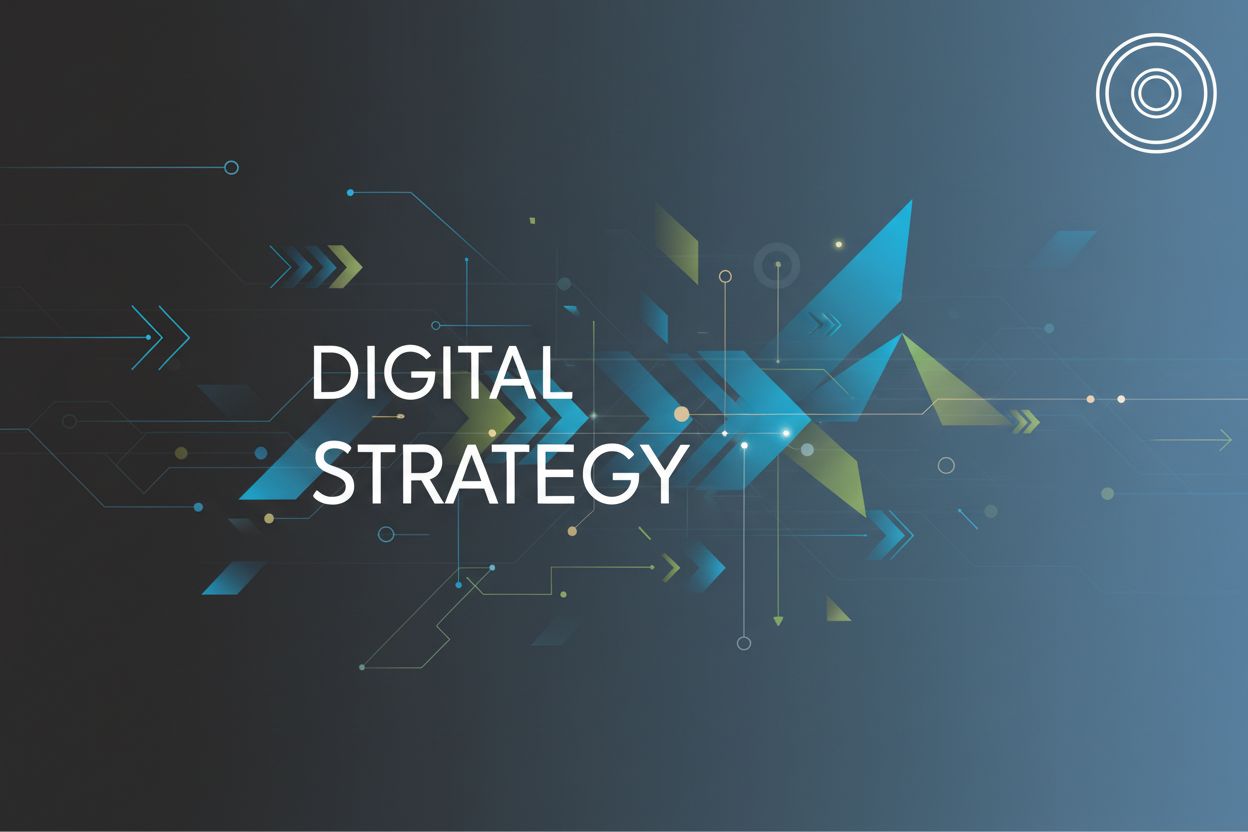Beyond the Buzz: Crafting Brand-First Digital Transformations That Actually Work
TL;DR
The Myth of Tech-First Transformation: Why Brands Get Left Behind
Okay, so you think digital transformation is just slapping some new tech on old processes? Think again. It's like putting a spoiler on a beat-up minivan and expecting it to win a race. Doesn't work that way, does it?
- Too many companies, honestly, they just jump on the latest tech bandwagon without thinking about if it actually fits their brand or helps their customers. ai this, metaverse that—it's like a never-ending parade of shiny objects.
- This can lead to a real mess, customers are confused, and your brand, well, it starts to lose its identity. Think about it: a luxury brand suddenly pushing a cheap ai chatbot that gives you the same canned responses you'd get anywhere else? Doesn't exactly scream "exclusive," does it?
- Resist that urge to grab every new toy. Focus on tech that makes sense for your story. It's gotta feel authentic. For example, look at Ecolab, they broadened their mission to clean water, safe food, abundant energy, healthy environment". It helps guide big decisions and give clarity to everyday tasks. The Transformation 20 | Innosight
- Data is great, don't get me wrong. But obsessing over metrics can make you forget the feel of your brand. The voice, the tone, the visuals—all that stuff matters.
- You gotta balance those data-driven insights with a strong, consistent brand presence. Think of it like a chef: they need to follow the recipe (the data), but they also need to add their own flair (the brand) to make it special.
Analytics should inform your strategy, not become your strategy. Don't let the numbers drown out your brand's personality, y'know?
Every brand is different. Like, duh, right? So, why copy someone else's digital playbook? It's like trying to fit a square peg into a round hole; just doesn't work.
- Implementing some generic solution 'cause it's trendy? Get ready for underwhelming results. A successful transformation needs to start with understanding your brand's values, your audience, and your competition. What makes you, you?
- As McKinsey points out, high-performing digital companies orchestrate their strategy across the entire organization and ensure there’s integration across several critical ones, like strategy, analytics, technology, marketing, organization, and operations. Digital 20/20: Helping companies set the stage for their digital future
So, next up, let's get into how we can actually fix this mess and start putting brands first.
Building a Brand-First Digital Transformation Roadmap
Okay, so you're on board with putting the brand first, right? But how do you actually do it? Let's get into the nitty-gritty of building a roadmap that makes sense, not just a bunch of buzzwords.
First thing's first, you gotta go back to basics. What are your core brand values? What's your mission? What's that big, hairy, audacious vision, you know? It's easy to lose sight of this stuff when you're chasing the latest tech trends, but it's the foundation for everything.
- Before you even think about new tech, you need to revisit your core brand values, mission, and vision. What do you stand for? What makes you, you?
- Then, you gotta figure out your unique selling proposition (usp)—in the digital space. What can you offer that nobody else can? How does that translate online?
- And finally, how can your brand provide value to customers in a digital context? What problems can you solve? What needs can you meet?
Like, think about a healthcare provider. Instead of just offering telehealth appointments, maybe they can use ai to personalize health recommendations based on individual needs and preferences. It's about finding those unique digital angles that align with your brand's core values.
Now, let's talk about your customers. What's their journey like? And I don't just mean the steps they take to buy something; I mean the whole experience, from the first time they hear about you to long after they've made a purchase.
- Identify all the digital touchpoints where customers interact with your brand. Website, social media, email, apps—the whole shebang.
- Then, analyze the customer journey from a brand perspective. What experience do you want customers to have at each touchpoint? Do you want them to feel delighted? Informed? Empowered?
- And finally, optimize each touchpoint to reinforce your brand values and create a consistent brand experience. Make sure everything feels like it's coming from the same place.
Okay, now we can talk about tech. But remember, it's gotta support your brand strategy, not the other way around.
- Select technologies that support your brand strategy, not the other way around. Don't pick a tool just because it's trendy.
- Prioritize platforms that allow for customization and brand expression. You want to be able to make it your own.
- And most importantly, ensure your tech stack is integrated to provide a seamless customer experience. No one wants a disjointed, Frankenstein-esque digital presence.
So, what's next? Let's dive into picking the right tech that fits your brand like a glove.
Case Studies: Brand-First Transformations in Action
Okay, so you've been hearing about digital transformations, and maybe you're wondering if they actually work, right? Well, let's pull back the curtain and see what lessons we can learn, shall we?
Culture is King (and Queen): It's not enough to slap on new tech and expect miracles. You need a culture that's ready to embrace change. According to IMD.org, a crucial step is fostering a culture of adaptability. Technology evolves rapidly, and success lies in equipping teams to embrace change. Top 21 Digital Transformation Strategies for 2025
- Like, if your team's still stuck in the "old ways," that fancy new CRM is gonna be about as useful as a screen door on a submarine, y'know?
Customers are Your Compass: All that data is great, but it's gotta point towards a better customer experience. One of the best digital transformation strategies, per IMD.org, is to accommodate the needs of customers and clients when creating digital strategies.
- For instance, a financial institution could use data to personalize investment advice or offer proactive fraud alerts, making customers feel valued and safe.
Tech Must Serve the Brand: Don't let the shiny new gadgets distract you from what your brand actually stands for. That's a recipe for disaster. Per IMD.org, Successful digital transformation efforts focus on technologies that meet business needs and customer expectations.
- A luxury retailer might use Augmented Reality (AR) to offer virtual try-ons, enhancing the shopping experience without sacrificing exclusivity.
One of the biggest mistakes? Forgetting about cybersecurity. I mean, all the fancy features in the world won't matter if your customers' data gets leaked.
IMD.org emphasizes that cybersecurity is essential for protecting financial transactions and customer information. Businesses must safeguard their systems against threats. Top 21 Digital Transformation Strategies for 2025
Well, it's not just about the numbers. It's about creating a lasting connection with your customers. It's about making their lives easier. It's about building a brand that they trust. And honestly, isn't that what we're all trying to do anyway?






